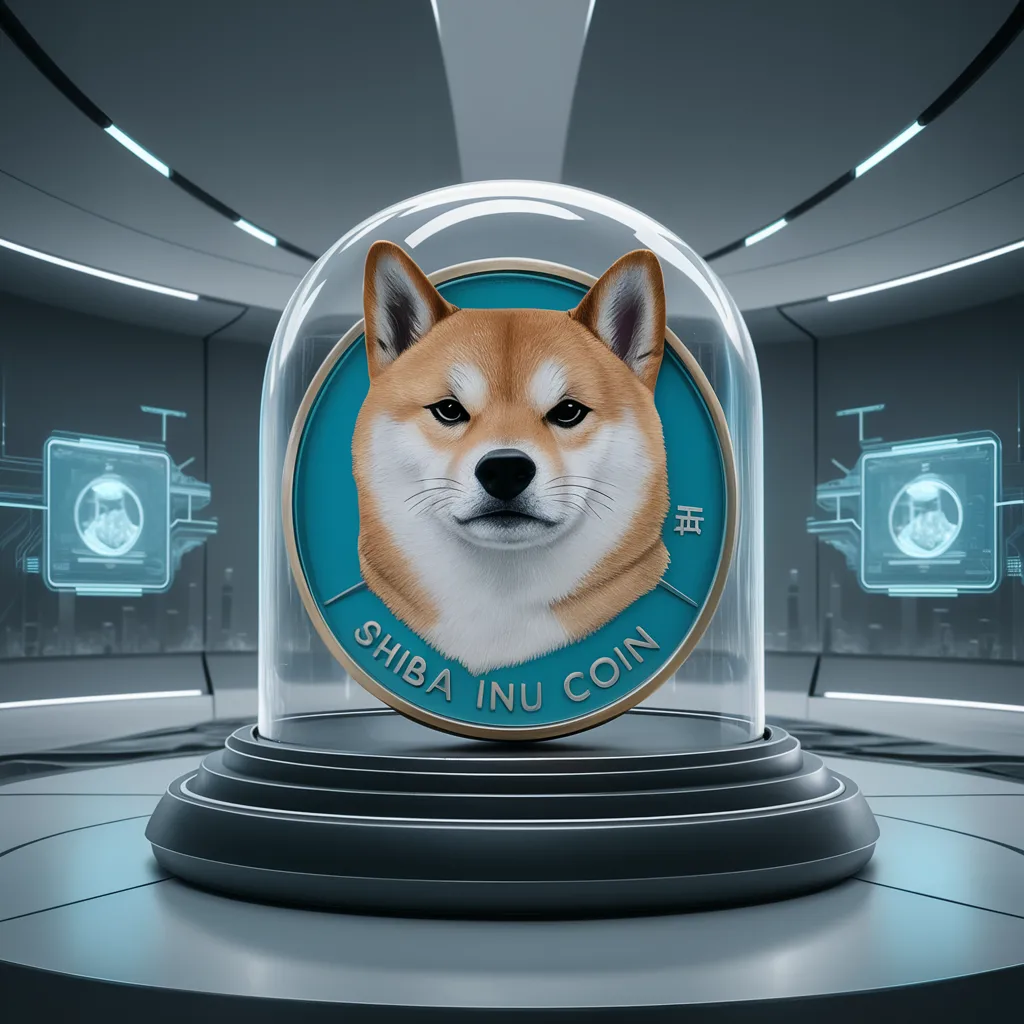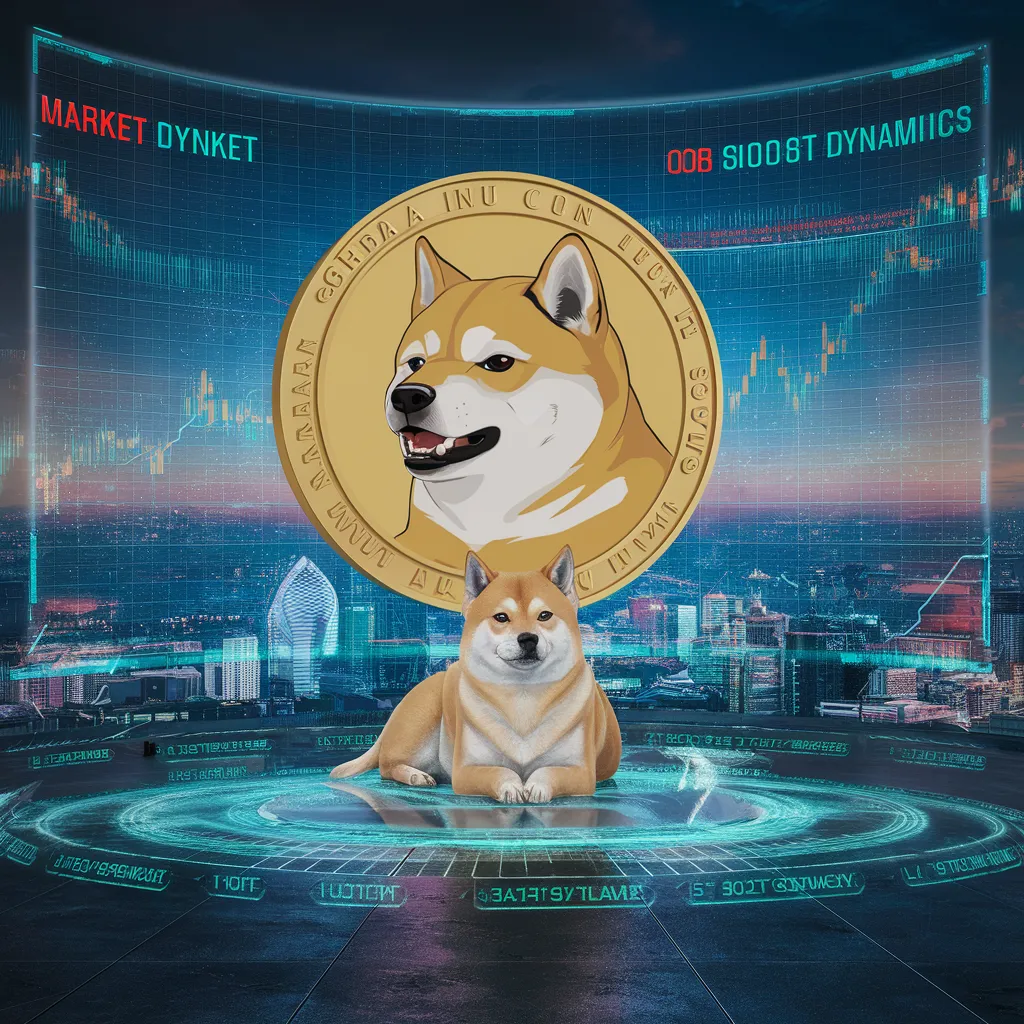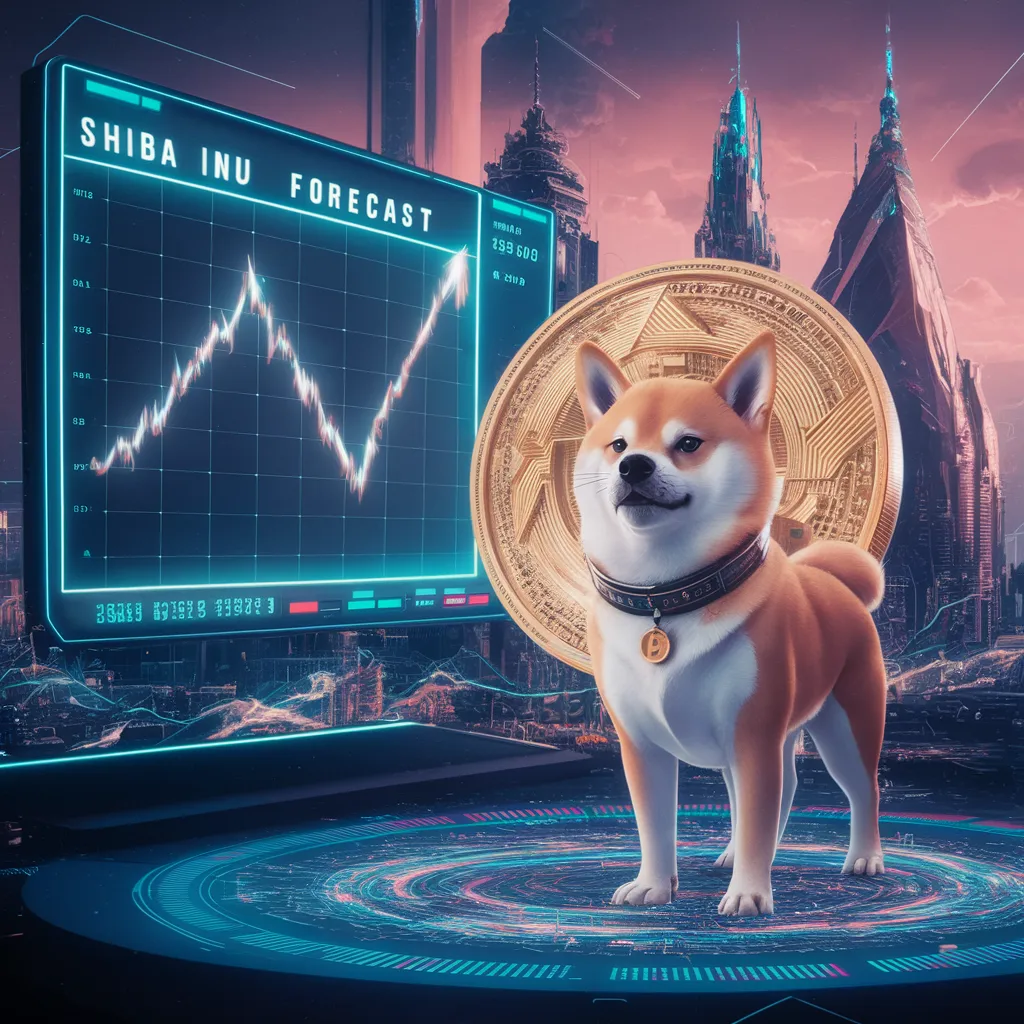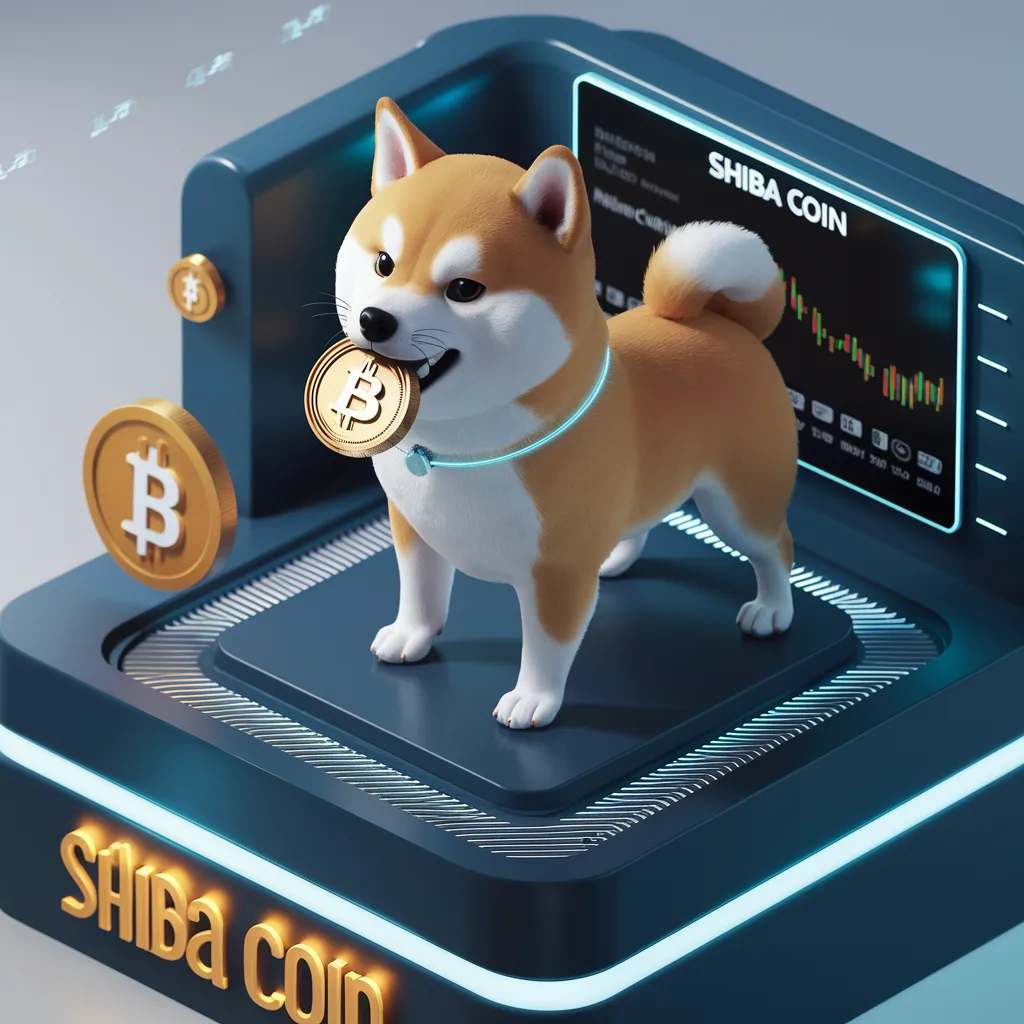
The well-known meme cryptocurrency Shiba Inu coin (SHIB) has drawn interest from both enthusiasts and investors. Everyone is wondering if SHIB will be able to break the $1 threshold. This piece explores the variables that affect SHIB’s price, the state of the market right now, and the likelihood that it will reach this lofty goal. Shedding light on Shiba Inu coin future.
Market Dynamics at the Moment: Shiba Inu Coin Future

Changing Market Cap and Supply
Shiba Inus have a huge circulating supply, which is one of the main obstacles to their reaching $1. Since there are presently 589 trillion SHIB tokens in circulation, it is not feasible to achieve a $1 price per token, which would result in a $589 trillion market value. Given the existing state of affairs, this market size is implausible as it would overwhelm the whole world economy.
Burning Tokens and Shibarium
The supply problem is the focus of recent innovations in the Shiba Inu ecosystem, such as the introduction of the Shibarium layer-2 solution. Shibarium reduces the amount of SHIB tokens in circulation by enabling quicker and less expensive transactions. While obtaining $1 is still a long way off, this method may eventually raise the value of each surviving token.
Acceptance and Applications
Demand may be fueled by SHIB acceptance through listings on significant exchanges like Binance, Coinbase, and Kraken, as well as by its implementation in a number of real-world scenarios. But because of its speculative nature and meme coin status, it’s a difficult investment to make.
Influence from the Community and Social Media
Its success is largely due to the SHIB community, sometimes referred to as the SHIBArmy. In the past, social media fads and celebrity endorsements like Elon Musk have substantially increased the price of SHIB. Support and involvement from the community are essential to its ongoing development.
Regulatory Elements
Government policies pertaining to cryptocurrencies have the potential to help or hurt SHIB’s expansion. Clear rules and supportive policies may increase investor confidence, yet restrictive regulations may impede its growth.
Price Forecast and Expert Views on Shiba Inu Coin Future

Forecasts for the Short and Long Term
Regarding the pricing of SHIB in the future, experts are divided. There are many who anticipate slight short-term gains, with possible price hikes of up to 25%. But for it to hit $1, its current price would need to skyrocket by more than 12,100,000%.
Extended Durability
Forecasts that SHIB will hit $1 are everything from wildly optimistic to flat out negative. By 2040 or 2045, according to some analysts, SHIB may reach $1, however this is assuming large token burning and broad acceptance. Some others think that SHIB will never reach $1 or even 1 cent until tokenomics undergo significant modifications.
Conclusion:
Although it is appealing, it is still rather unlikely that Shiba Inu coin future would ever hit $1 in the course. Investors have to use caution while dealing with SHIB, taking into account both its possible and innate dangers.present market. There are a lot of obstacles because of the enormous circulating quantity, large token burn requirements, and broad acceptance. Ongoing changes in the Shiba Inu ecology, community support, and any legislative changes, however, may have an impact on its future.
FAQS:
Shiba Inu coin (SHIB) is a decentralized cryptocurrency built on Ethereum that was initially created as a meme coin before developing into a more intricate digital asset with a unique ecosystem.
The main issue is its enormous 589 trillion token supply, which would need an implausible $589 trillion market capitalization to get to $1 per token.
Layer-2 technology called Shibarium speeds up and lowers the cost of transactions while burning SHIB tokens to decrease the quantity in circulation and maybe raise the value of each token.
A key factor in SHIB’s success is its devoted network of followers, known as the SHIBArmy. Social media endorsements and trends have a big impact on SHIB’s pricing.
Risks associated with investing in SHIB include market volatility, governmental changes, technology weaknesses, and reliance on community support.

